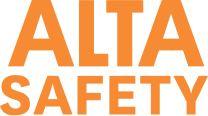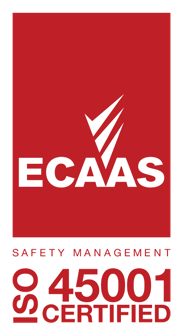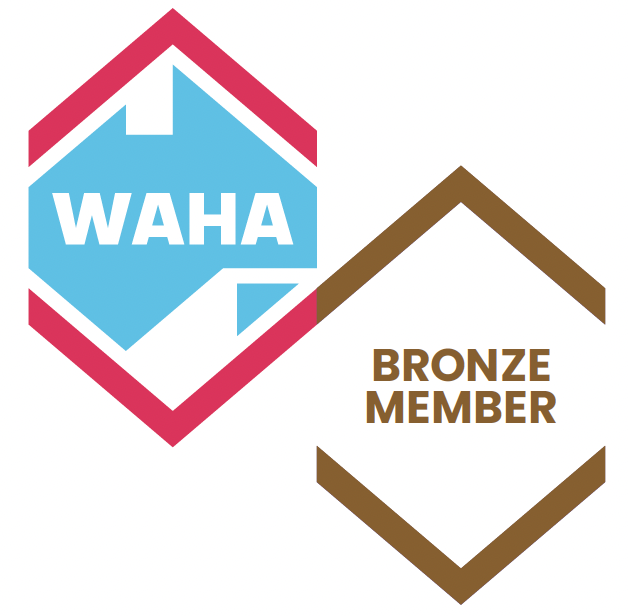
Consultation & Risk Assessment
Risk & Consultation Process
Working with you to understand the risks and the requirements needed for safety over the lifetime of the project, initial consultation is vitally important to ensure a cost-effective and compliant solution.
At consultation phase, we like to dig deep; What is the level of risk, the frequency of use? What is the level of experience the user of the safety equipment will have? What are the environmental factors? What materials are included on the project? What maintenance and therefore access is required to ensure the building material warranty’s remain valid? Is this a 5 star, multi level Green Building in a high value area with complex facades and glass walls;- or a simple warehouse structure requiring only periodic gutter and skylight cleaning?
All height safety solutions will be compliant, but must meet the actual needs of the building, structure or plant over its’ lifetime of use including construction, service life and demolition.
Taking a consultative approach, we engage with architects, specifiers, property managers, building owners and operations teams to analyse the requirements for work and maintenance on any structure. Evaluating what type work at height is to be done, maintenance requirements, the level of risk, frequency of use, construction materials, capex/opex expectations, plus the likely level of user competency are important factors to determine a suitable design and product selection that will meet the the requirements of safety legislation. Our purpose it to provide efficient, innovative height safety solutions that make economic sense.
- Review of structure, building materials and access points.
- Understand the work at height that will be required over the lifespan of the building/plant/structure.
- Discover the level of competence and experience of workers that are most likely to be using the fall protection equipment.
- Balance of risk (capex vs. opex) with a low capital investment of installed equipment which requires a higher level of user competency and higher ongoing operating costs, versus a more solid capital investment for initial system installation resulting in basic user competency requirement and lower operating costs.
- Understand the specific and unique requirements in place due to the design and features which need access and maintenance, along with any constraints of the materials used in construction.


 ISO
ISO
 ISO
ISO
 ISO
ISO
 SiteWise
SiteWise
 Masterspec
Masterspec
 Project
Project